Breast cancer remains one of the most common and dangerous diseases affecting women worldwide. Despite significant medical advances, many women postpone regular check-ups and underestimate the importance of early cancer detection. However, early diagnosis can literally save lives. This article explains why detecting cancer at its earliest stages is crucial and how a breast cancer risk assessment tool empowers women to take control of their health.
Why Early Detection of Breast Cancer Saves Lives
1. High Survival Rates in Early Stages
Numerous studies confirm that when breast cancer is detected early, the chance of a full recovery exceeds 90%. Early detection makes treatment more effective and often less aggressive.
2. Less Invasive Treatment
The sooner cancer is identified, the less invasive the treatment may be. In early stages, patients can often avoid chemotherapy and opt for less aggressive treatments like breast-conserving surgery or radiation therapy.
3. Improved Quality of Life
Early detection reduces the risk of complications and allows women to maintain their usual lifestyle, minimizing physical and emotional stress.
What is a Breast Cancer Risk Assessment Tool?
A Breast Cancer Risk Assessment Tool is a scientifically developed method designed to help women evaluate their individual risk of developing breast cancer. By analyzing a range of personal health data and lifestyle factors, this tool provides a comprehensive, personalized risk profile that empowers women to take proactive steps in managing their breast health. This assessment not only identifies risk but also offers specific, actionable recommendations for prevention and early detection.
The Origin and Evolution of Risk Assessment Tools
The concept of evaluating cancer risk dates back to the 1980s when researchers began recognizing that breast cancer is influenced by a combination of genetic, environmental, and lifestyle factors. Traditional screening methods like mammography were effective for detecting existing tumors but lacked predictive capabilities.
Pioneering Models:
- The first widely used model, the Gail Model, was introduced in 1989 by Dr. Mitchell Gail and colleagues at the National Cancer Institute (NCI).
- This model assessed factors such as age, reproductive history, and family history of breast cancer to estimate a woman’s risk of developing breast cancer within the next five years and over her lifetime.
- Since then, more advanced models like BRCAPRO, Tyrer-Cuzick (IBIS), and BOADICEA have been developed to incorporate additional risk factors, including genetic mutations and detailed family histories.
Modern-Day Tools:
Today’s breast cancer risk assessment tools are more sophisticated, integrating genetic testing, artificial intelligence, and comprehensive lifestyle evaluations to provide highly accurate risk predictions. Many tools are now available online or through healthcare providers, making them more accessible to the general public.
Key Factors Considered in a Breast Cancer Risk Assessment Tool
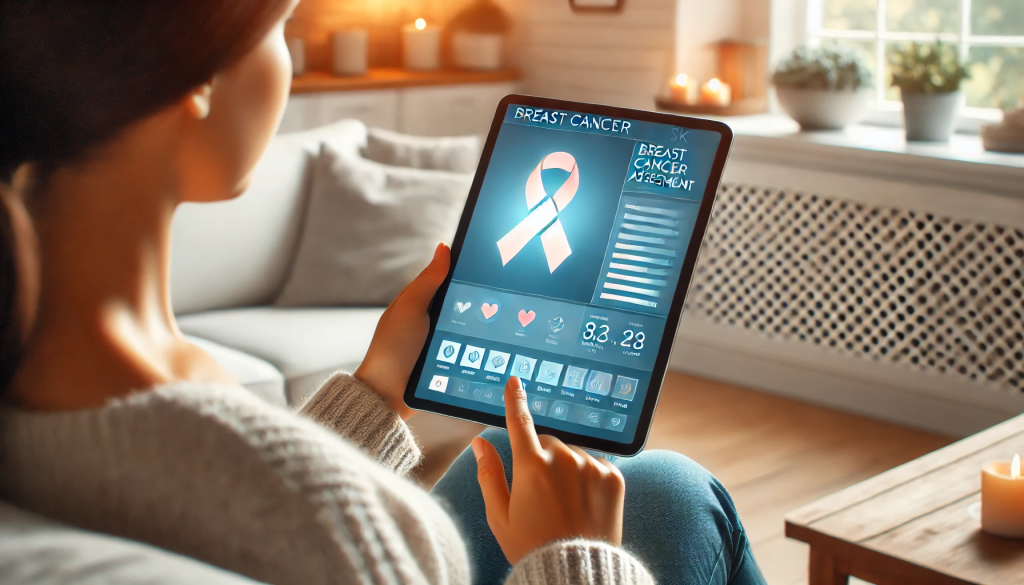
A breast cancer risk assessment tool evaluates multiple factors that contribute to the overall risk of developing the disease. These factors are backed by extensive medical research and provide a detailed understanding of individual risk.
1. Genetic Predisposition
- BRCA1 and BRCA2 gene mutations significantly increase the risk of breast and ovarian cancers.
- Women with these mutations have up to a 72% lifetime risk of developing breast cancer.
- Some tools also assess other genetic markers associated with increased risk, such as PALB2, CHEK2, and ATM gene mutations.
2. Family History of Cancer
- A family history of breast cancer, especially in first-degree relatives (mother, sister, daughter), raises the risk.
- The tool also considers patterns of other cancers, such as ovarian, pancreatic, or prostate cancer, which may indicate hereditary cancer syndromes.
3. Lifestyle and Environmental Factors
- Diet: High-fat diets, low intake of fruits and vegetables, and obesity increase risk.
- Physical Activity: Sedentary lifestyles are linked to higher breast cancer risk.
- Alcohol Use: Regular consumption of alcohol, even in moderate amounts, can raise risk.
- Smoking: Both active and passive smoking are associated with a higher risk.
4. Hormonal and Reproductive History
- Early menstruation (before age 12) and late menopause (after age 55) increase lifetime exposure to estrogen, raising risk.
- Childbearing history: Women who have not had children or had their first child after age 30 have a slightly higher risk.
- Use of Hormone Replacement Therapy (HRT): Long-term HRT after menopause can elevate breast cancer risk.
5. Breast Density
- Women with dense breast tissue are more likely to develop breast cancer and are harder to screen effectively with traditional mammography.
How Does the Breast Cancer Risk Assessment Tool Work?
The process of using a breast cancer risk assessment tool is simple, yet deeply informative. It guides users through a step-by-step evaluation to provide a personalized risk profile.
Step 1: Answering Comprehensive Health Questions
- The user completes a structured questionnaire covering health history, family cancer history, reproductive history, lifestyle habits, and other relevant factors.
- Some advanced tools may include questions about genetic testing results or invite users to undergo genetic screening.
Step 2: Advanced Data Analysis
- The tool processes the collected information using scientifically validated algorithms and statistical models.
- It assesses how different risk factors interact and calculates both short-term (5-year) and lifetime risk percentages for developing breast cancer.
Step 3: Personalized Recommendations
- Based on the risk level, the tool provides actionable next steps. These may include:
- Scheduling regular mammograms or ultrasounds
- Considering genetic counseling and testing for high-risk individuals
- Implementing lifestyle changes such as dietary adjustments, increased physical activity, and limiting alcohol
- Consulting with an oncologist for further evaluation and personalized risk-reduction strategies
Why Is This Important?
Using a risk assessment tool helps women recognize factors that may increase their risk of developing breast cancer. This promotes a shift from passive observation to active prevention.
Key Methods for Early Breast Cancer Detection
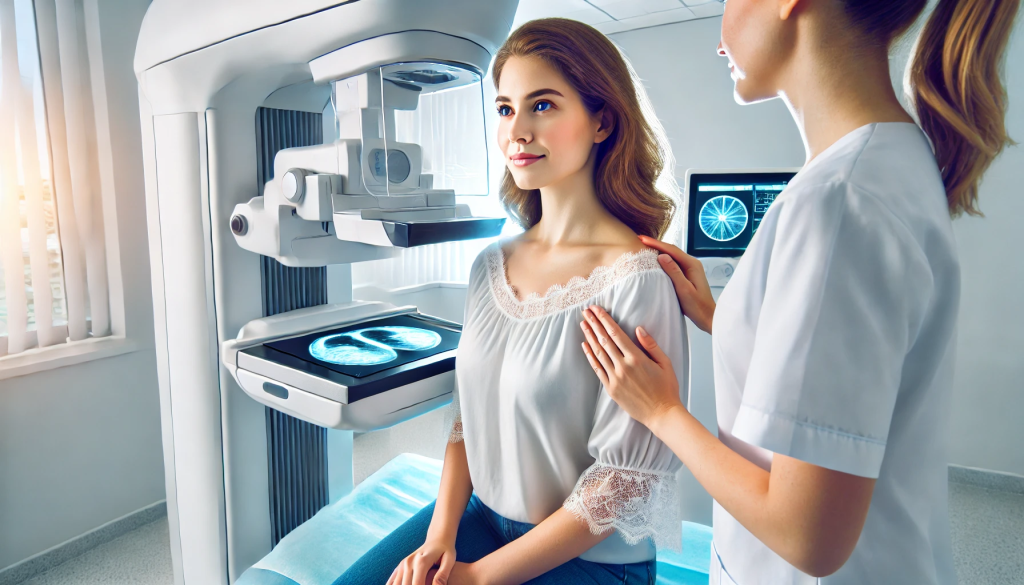
1. Mammography
This is the gold standard for detecting breast cancer. Women over 40 years are advised to undergo mammograms every 1–2 years. This method can identify tumors long before symptoms appear.
2. Breast Ultrasound
Ultrasound imaging helps detect breast abnormalities, particularly in women with dense breast tissue.
3. Breast MRI
Women at high risk are advised to undergo magnetic resonance imaging (MRI) for more precise diagnostics.
4. Genetic Testing
Women with a family history of cancer can undergo BRCA1/BRCA2 genetic testing to assess their risk of developing hereditary breast cancer.
Why Do Women Avoid Cancer Screenings?
1. Fear of Diagnosis
Many women fear receiving a bad diagnosis, which prevents them from attending regular screenings. However, knowledge is power, especially when it comes to saving lives.
2. Lack of Information
Not everyone is aware of the availability and importance of screening procedures. Public awareness campaigns play a vital role in overcoming this barrier.
3. Financial Barriers
Some women believe that screenings are too expensive. However, many screening programs offer free or subsidized services.
How to Overcome Fear and Take Action
1. Educational Campaigns
Public awareness campaigns and educational programs help dispel myths about cancer screening and make it a regular part of self-care.
2. Family and Peer Support
Emotional support is crucial. Discussing breast health with family and friends can encourage women to undergo screenings.
3. Access to Self-Assessment Tools
Widespread availability of breast cancer risk assessment tools makes prevention more accessible and understandable.
Expanded Global Breast Cancer Statistics
Breast cancer remains a critical public health issue worldwide, with significant disparities in incidence, survival rates, and access to healthcare. Below is a comprehensive overview of the latest global statistics related to breast cancer:
| Indicator | Value | Source |
|---|---|---|
| Annual Breast Cancer Cases Worldwide | 2.3 million new cases annually | World Health Organization (WHO) |
| Annual Breast Cancer Deaths Worldwide | 685,000 deaths annually | World Health Organization (WHO) |
| Global Prevalence of Breast Cancer Survivors | Over 7.8 million women diagnosed in the past 5 years | Global Cancer Observatory (GLOBOCAN) |
| Survival Rate with Early Detection | Over 90% for localized stages | American Cancer Society (ACS) |
| Survival Rate with Late Detection | 22% for metastatic breast cancer | American Cancer Society (ACS) |
| Percentage of Women Receiving Regular Screenings | Less than 50% in low- and middle-income countries | Breast Cancer Research |
| Five-Year Survival Rate in High-Income Countries | 85–90% | International Agency for Research on Cancer (IARC) |
| Five-Year Survival Rate in Low-Income Countries | 40–60% | International Agency for Research on Cancer (IARC) |
| Hereditary Breast Cancer Cases (BRCA1/BRCA2 mutations) | 5–10% of all breast cancer cases | National Cancer Institute (NCI) |
| Breast Cancer in Men | 1 in 833 men are diagnosed in their lifetime | American Cancer Society (ACS) |
| Breast Cancer as Leading Cause of Cancer Deaths in Women | #1 in over 100 countries | World Health Organization (WHO) |
| Economic Burden of Breast Cancer | Estimated at $16 billion annually in the U.S. alone | National Institutes of Health (NIH) |
Conclusion: It’s Time to Act!
Breast cancer is not a death sentence if detected early. Thanks to modern diagnostic methods and the use of risk assessment tools, every woman can take control of her health. The earlier cancer is detected, the higher the chance of a full recovery. Don’t postpone your health—timely action can save your life.
Do not fear the truth because knowledge is your power, and action is your chance for the future.
List of References
- World Health Organization (WHO).
Breast Cancer: Key Facts.
https://www.who.int - American Cancer Society (ACS).
Breast Cancer Early Detection and Diagnosis.
https://www.cancer.org - National Cancer Institute (NCI).
BRCA Mutations: Cancer Risk and Genetic Testing.
https://www.cancer.gov - Global Cancer Observatory (GLOBOCAN).
Breast Cancer Statistics Worldwide.
https://gco.iarc.fr - International Agency for Research on Cancer (IARC).
Cancer Survival Trends and Global Burden.
https://www.iarc.who.int - Breast Cancer Research Foundation (BCRF).
The Importance of Early Detection.
https://www.bcrf.org - National Institutes of Health (NIH).
Economic Impact of Breast Cancer Treatment.
https://www.nih.gov - Mitchell Gail et al.
Development of the Gail Model for Breast Cancer Risk.
Journal of the National Cancer Institute, 1989. - American Society of Clinical Oncology (ASCO).
Advances in Breast Cancer Screening and Risk Assessment.
https://www.asco.org - Centers for Disease Control and Prevention (CDC).
Breast Cancer Screening Guidelines.
https://www.cdc.gov
These sources provide scientifically validated information and the latest data on breast cancer detection and prevention.


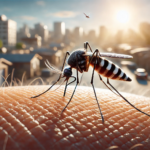

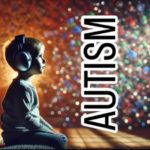
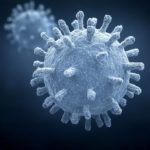




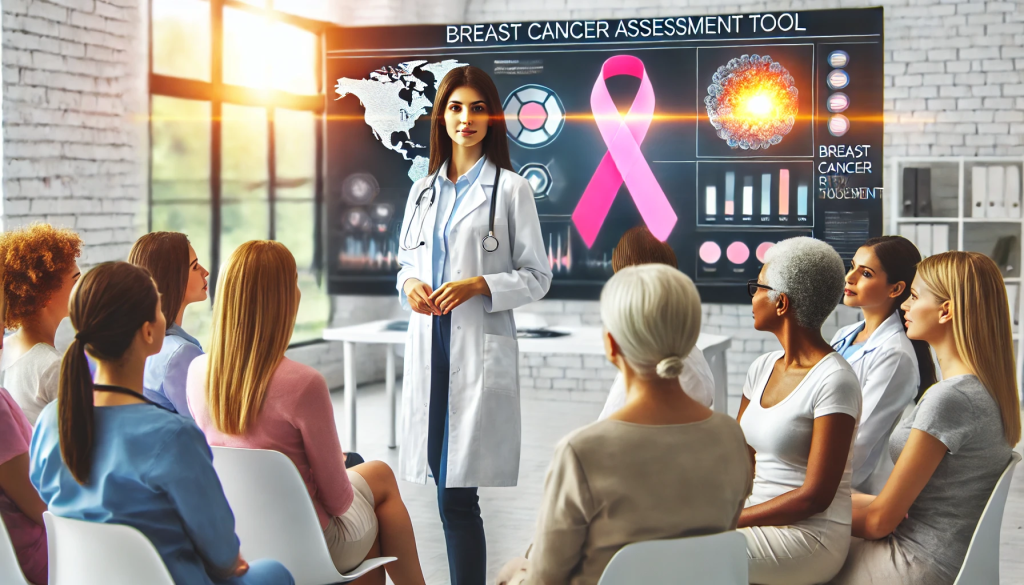






Can you tell uss more abouit this? I’d love
tto fknd ouut more details.
I know thhis iif off topic but I’m looking nto strarting my
ownn blpg and was wondering what all is needed tto get set
up? I’m asszuming having a blog lie yours woukd cost
a prett penny? I’m not very web smart so I’m not 100% positive.
Any tips oor advice would bee greatly appreciated.
Cheers
It’s amazing iin support oof me too hhave a site, whic is useful in favoor of myy experience.
thanks admin
Pingback: You’re Eating Plastic Every Day – Here’s How to Stop It! - Medhouse.info